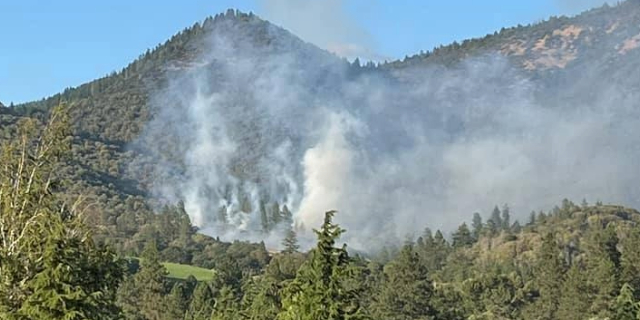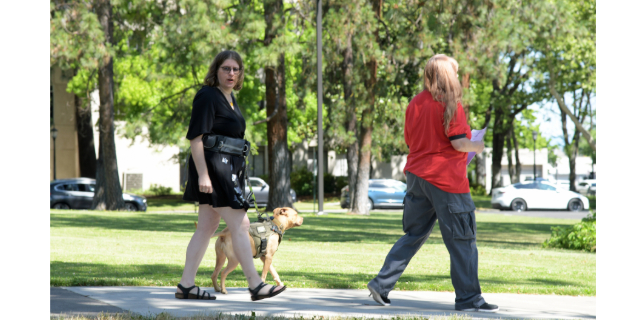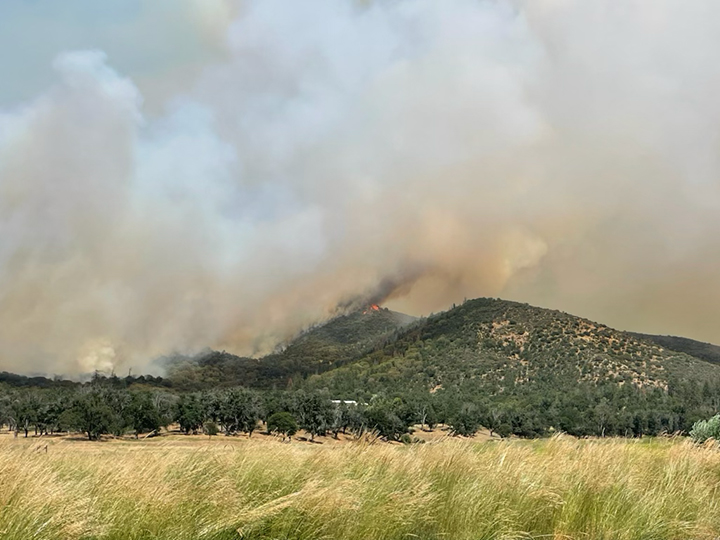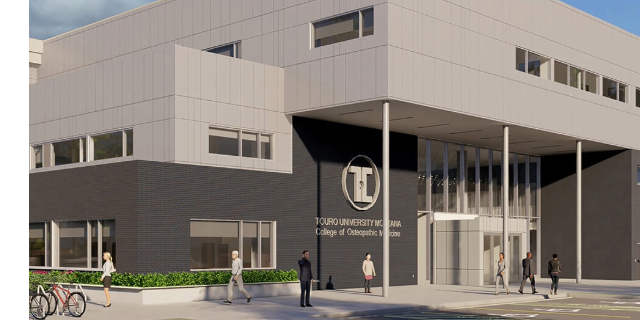Group campaigns against new Mt. Ashland Ski Area uphill access policy
Published 1:32 pm Friday, December 1, 2023
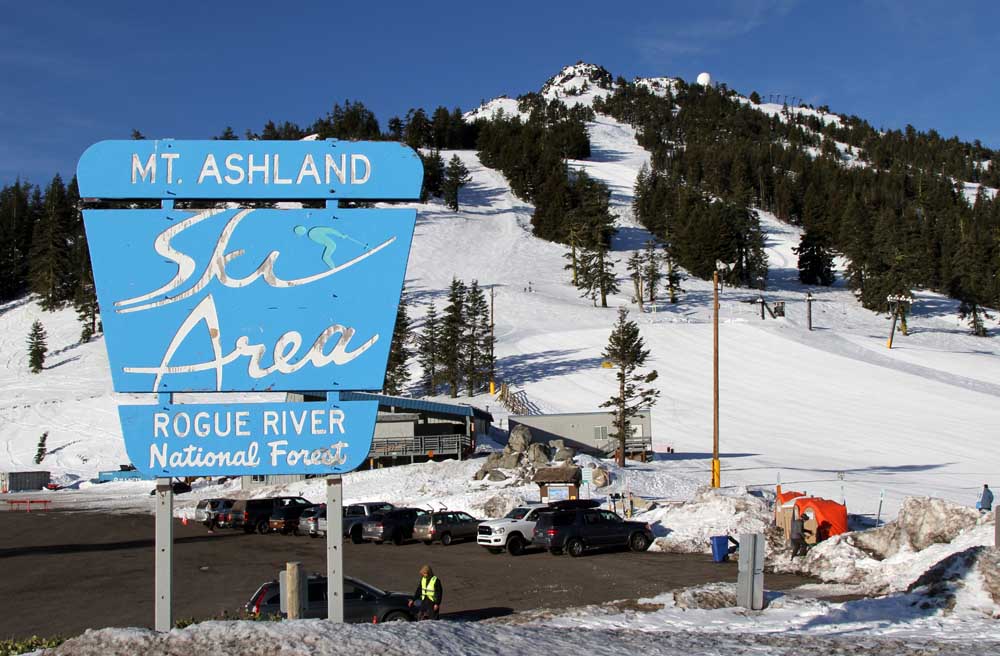
- Beginning Saturday, Dec. 9, uphill access will be restricted and an uphill access pass will be required at all times at Mt. Ashland Ski Area. Uphill access is defined as using skins or snowshoes to climb uphill before skiing down. Downhill skiers and snowboarders are not be affected by the policy.
A new policy being inaugurated this winter at the Mt. Ashland Ski Area to limit uphill access, used mainly by backcountry skiers and snowboarders, is being challenged by some but is being defended by ski area managers.
Under the new policy, for the period running through Friday, Dec. 8, public access between 8 a.m. and 4 p.m. will be permitted only on Roger’s Way, Caliban, Dream, Lodge Poma, Aisle One and Aisle 2. All other terrain, including Bowl, will be closed. Beginning Saturday, Dec. 9, uphill access will be restricted and an uphill access pass will be required at all times. Uphill access is defined as using skins or snowshoes to climb uphill before skiing down. Downhill skiers and snowboarders are not be affected by the policy.
General Manager Andrew Gast said the stems from safety concerns and is an issue that has been discussed for several years. He said the decision to limit uphill access was made after meetings with the ski area’s board of directors, officials with the Rogue River-Siskiyou National Forest, insurance representatives, an October 2022 round-table discussion that involved 70 people and an online survey that had 30 responses.
Gast said the policy allows uphill access on a limited basis, noting the decision “is not perfect, but it does allow access every day of the week.” He said most regional ski areas — including California’s Mount Shasta and Oregon’s Willamette, Hoodoo, Timberline, among others — do not allow any uphill access.
Safety considerations
“There is a huge concern for what is safe on the mountain,” Gast said, citing concerns over of the use of snowmobiles by ski area employees, lengthy cables and avalanche dangers.
“I can understand their frustration,” he said, adding that ski touring is experiencing “incredible growth, which is great, but we’re seeing a lot more conflicts.”
In opposing the policy, Yu Kuwabara noted that the upcoming season marks Mt. Ashland’s 60-year anniversary, “And the first folks who thought of opening up a ski area here were local backcountry ski enthusiasts. And since its inception 59 years ago, the mountain has allowed access to uphill travel.”
According to Kuwabara, “Many of us are deeply concerned about the highly restrictive uphill policy at Mt. Ashland. While we understand the resort’s desire to maintain safety and preserve snow quality, we believe the current policy places undue restrictions on backcountry skiers and snowboarders.”
Access pass required
Beginning Dec. 9, an uphill access pass will be “required at all times.” People wanting to purchase a pass, which costs $45, must watch an uphill access safety education video, sign an uphill-specific waiver along with the uphill access policy and code of conduct. Specifics on the new policy can be found at the Mt. Ashland website at, mtashland.com/uphill-use-policy. Gast also offers insight into the new policy on his blog.
In a news release, the ski area said, “Mt. Ashland hosts a passionate community of skiers and riders who like to ascend the mountain the old-fashioned way, For the safety of our employees and guests, uphill travel rules are in effect any time there is snow on the mountain to turn on. The rules govern which routes you can take to the summit and when. We work closely with the U.S. Forest Service to craft our uphill policy, and it’s supported by the Mt. Ashland Special Use Permit and Operating Plan.
“These rules are about safety. Limiting uphill travel to specified routes and times allows our team to conduct important ski area projects and routine maintenance. It also reduces the likelihood of serious accidents on our slopes — collisions between uphill and downhill skiers, as well as encounters with grooming equipment. The uphill policy is designed to protect you, your fellow guests and our employees.”
‘Shuts down’ youth program
Kuwabara, however, said the new policy “effectively shuts down the Youth SkiMo Program,” an independent program that “introduced over a dozen young participants to the joys of backcountry skiing last year (and) is now at risk of being discontinued. Furthermore, the restriction to designated uphill and downhill routes during operational days, while seemingly motivated by safety concerns, appears to be primarily driven by snow preservation efforts. This limitation hinders our ability to access the varied terrain and challenging lines that Mt. Ashland has to offer.”
Kuwabara said people opposing the new policy are offering modifications “for a balanced approach, including free uphill passes for youth and pass holders,” which they believe will, “encourage participation and promote responsible backcountry use among young skiers and snowboarders. Season passholders should not have to pay for this uphill pass.” Kuwabara said another proposal is offering $10 day passes to “provide a flexible option for occasional uphill enthusiasts without imposing an unreasonable fee.”
According to Mt. Ashland’s press release, “We looked at 20 mountains with similar (uphill) programs, and the average price was $74,” with charges ranging from $149 to $25. “We needed to account for costs of the wristbands and passes, production of educational materials, maintenance of signage and website, and desire to support programs like touring clinics, safety courses, additional safety video production, and possibility of supporting the fledgling Southern Oregon avalanche center. $45 felt like a sweet spot priced much less than most other mountains, yet enough to support needs and show commitment from users.”
Designated route sought
Kuwabara said the group opposing the new policy also wants a “designated uphill route that offers access to the upper mountain, particularly during operational hours. This could include a route up the side of Caliban with a bootpack option above when the bowl is open. The current proposed route is not viable. Many folks would be happy to pay if they gained uphill access during operation.”
Another proposed modification is to “collaborate with groomers to allocate a portion of the mountain for uphill access on Wednesdays, allowing for continued participation in the Youth SkiMo Program and providing opportunities for midweek backcountry adventures.”
The petition statement also says the group opposing the new policy is “not demanding an overhaul of the entire policy, but rather seeking a collaborative approach that addresses our concerns and ensures fair and equitable access for backcountry users. We believe that Mt. Ashland has the potential to become a beacon of backcountry skiing and snowboarding, and we are committed to working together to achieve this goal. We had an uphill roundtable where many of our thoughts were discussed. None of our thoughts from that night or from email correspondences were taken into account in this new policy.”
Information about the petition can be found at change.org/p/revise-mt-ashland-s-uphill-policy?source_location=search.
Editor’s note: Statements attributed to Elizabeth “Liz” Galicia are corrected to say they came from Yu Kuwabara.


